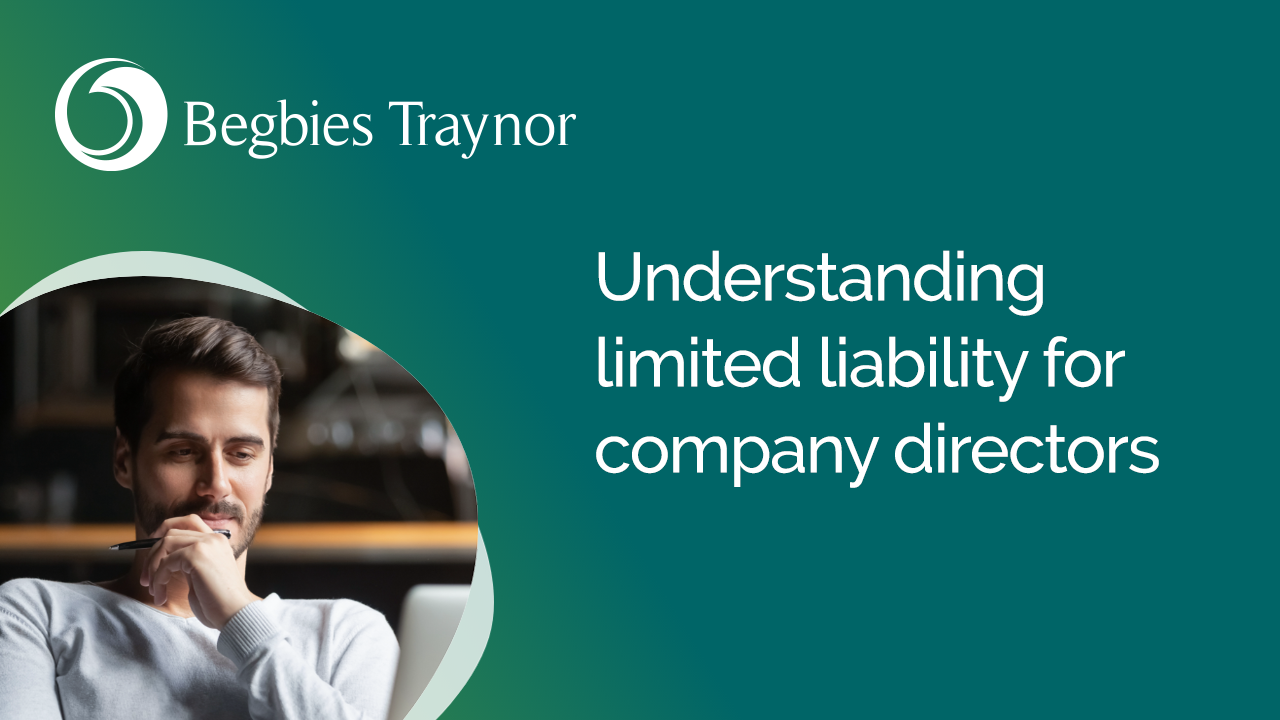
A limited liability partnership (LLP) is a legal business structure. Professional firms such as solicitors and accountants often choose to set up as limited liability partnerships, but the structure can also be a beneficial option for other types of business.
Limited liability partnerships differ from ‘traditional’ business partnerships, and also from the limited company structure, and are regulated by various pieces of legislation including the Limited Liability Partnership Regulations, 2001.

A limited liability partnership is a separate legal entity from its members (partners), who are only liable for the amount of money they invest, plus any personal guarantees. The partnership is incorporated at Companies House, and can only be used by profit-making businesses.
Partners are required to provide a registered address for the business, and maintain a register of members. There’s no restriction on the maximum number of partners allowed but there must be at least two members on incorporation, either individuals or limited companies. It’s also possible to set up an LLP with one individual and a dormant company.
Traditional partnerships do not receive the same protection as LLPs, and partners can be held personally liable for debts incurred by the business if it is not incorporated into a LLP. Additionally, clients engage in business with the partners individually rather than the partnership as an entity.
Although limited liability partnerships and limited companies may appear to be similar at first glance, there are significant differences between the two:
If you’re thinking of setting up an LLP, here are a few factors to consider:
The limited liability partnership agreement should set out how the business will operate, including the profit-sharing arrangements, how disputes will be settled, and the responsibilities of members.
You need to choose a business name that is unique and not similar to any other business. A registered address will need to be included on the incorporation document, as well as:
An LLP can be registered electronically, by post, or using a third party formations company.
An LLP is owned by its members who have certain responsibilities, including acting in accordance with the partnership agreement. Designated members take on additional responsibilities, which include:
If you’re thinking of setting up a limited liability partnership, the structure offers a number of advantages, including:
If you’re considering setting up a limited liability partnership and would like more guidance on the process, call our experts at Begbies Traynor. We provide reliable independent advice and will help you establish whether this is the best business structure for your purposes. We offer free same-day consultations, and operate from over 70 local offices.
More Begbies Traynor Articles
Contact Begbies Traynor Group

You're in Safe Hands
Article Archive
Article Categories